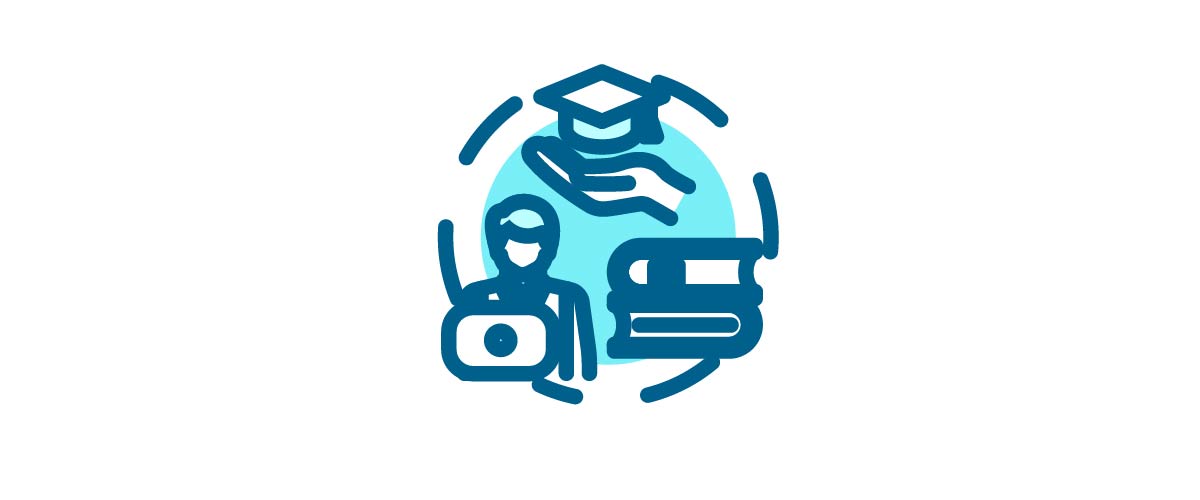Incorporating Scientific Literacy in CTE
Everyday stories about the environment, medical discoveries and energy are published that don’t include all of the information or facts needed to make fully informed decisions. In today’s technological world, it is important to analyze and decipher accurate and false news. Introducing scientific literacy from a young age allows students to develop an analytical mindset from a young age.
Through scientific literacy, students learn technical writing and reading skills. Additionally, incorporating scientific literacy into the classroom helps students develop their critical thinking skills. In this blog, we will discuss strategies and tips for incorporating scientific literature in the CTE classroom.
Teaching Scientific Literature
Scientific literature can be intimidating as most scientific literature includes advanced concepts and scientific jargon not seen every day. In a classroom setting, scientific literature can be taught in a multitude of ways whether taught as a unit or smaller lessons. If breaking scientific literature into smaller lessons, the topics could include:
• Evaluating the reliability of a source
• Types of studies
• Sections of a paper
• Reading for comprehension
• Reading for analysis
• Writing a scientific paper
By introducing students to scientific literature and technical writing slowly educators can identify students’ understanding of the concepts. One key to teaching scientific literature effectively is understanding students and what they can understand as well as how students comprehend and develop their technical writing.
Reading Scientific Literature
When introducing students to scientific literature give them as much time as they need to read, reflect and consider the information learned. All students interact with scientific literature differently and will consume the content at different paces and have different takeaways. One key to ensuring students understand scientific literature is not to rush the process, but rather to introduce them to scientific literature and technical writing in a natural way for them and their learning style.
Incorporating Scientific Literature into Curriculum
When asking students to read scientific research, it is important to find topics that they find interesting. This will help them comprehend the content while developing these skills. When looking for projects to give students, use the following strategies to ensure students have positive experiences when interacting with scientific research:
• Identify concepts in curriculum currently being researched
• Find relevant scientific literature from reliable libraries or databases
• Pre-read the literature to identify unknown vocab and concepts students need to know
• Explain the significance of scientific literature to students early on
• Start small and gradually increase the level or amount of reading
When looking for scientific literature articles to use, pull from a reliable database or library to ensure the information is credible and scholarly. Sometimes databases like Google Scholar require a subscription to view documents; however, there are free alternative databases and libraries to use. Free online databases include ScienceOpen, Director of Open Access Journals and Education Resources Information Center.
Using reliable resources, it may take a couple of activities for students to grasp scientific literacy. It can be helpful for educators to break scientific literacy into phases and use color-coding highlighters and sticky to help students develop these skills.
Upon grasping scientific literature and technical writing, students can apply the same skills in a multitude of other applications. Other ways students can develop their skills in scientific research and technical writing is by reading writing pieces such as equipment manuals, annual reports, proposals or even legal disclaimers.
There are countless benefits to incorporating scientific literacy into CTE. Students learn technical writing, reading and analytic skills. To learn more about scientific literacy and design, check out iCEV’s STEM site.


